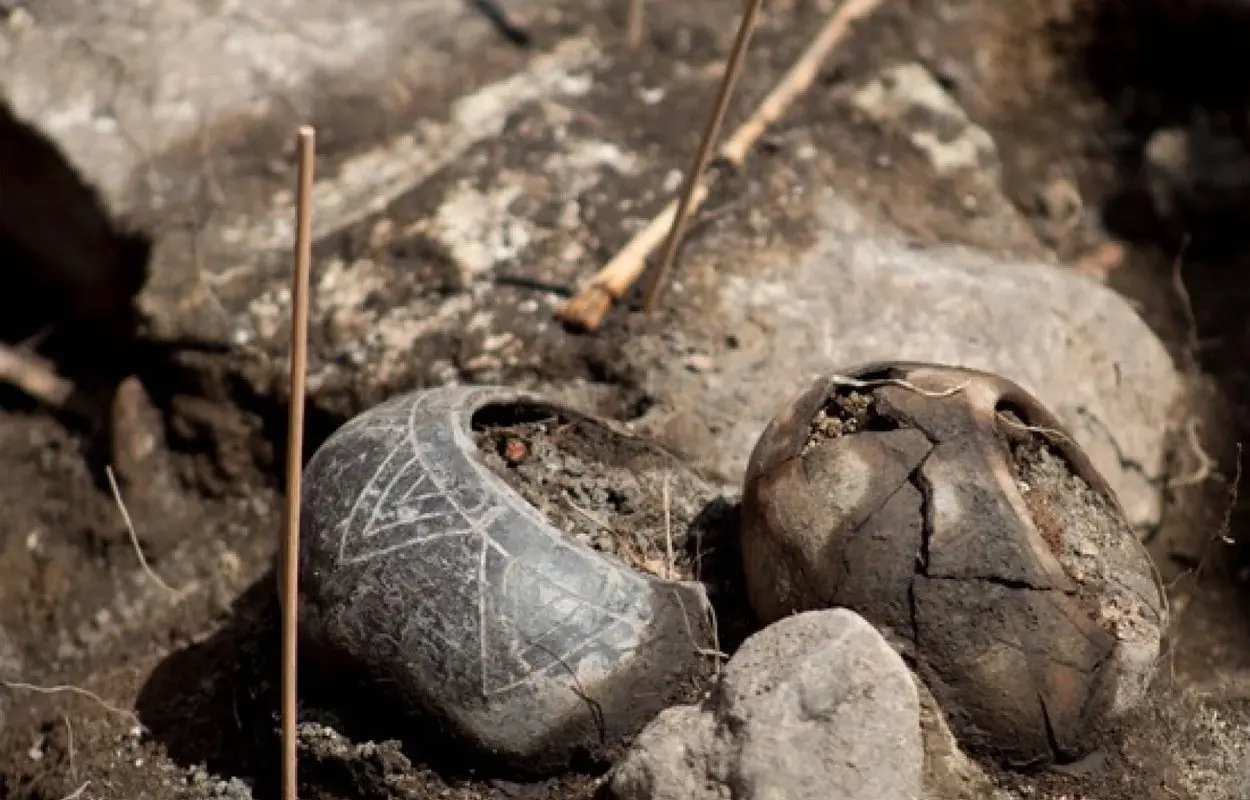Archaeologists have found a tomb containing the burial of a 3,000-year-old priest in the Pacopampa Archaeological Zone, located in the department of Cajamarca, Peru.
Excavations have been conducted as a collaboration between the Universidad Nacional Mayor de San Marcos and the National Museum of Ethnology of Japan.
Pacopampa is a large ceremonial centre associated with the Chavín culture, an extinct pre-Columbian civilization that emerged in the northern Andean highlands of Peru during the Early Horizon period.
This era is distinguished by a heightened focus on religious practices, the emergence of ceramics closely tied to ceremonial sites, advancements in agricultural methods, and significant progress in metallurgy and textile production.

In a press announcement by the Peru Ministry of Culture, archaeologists excavating within the framework of the Pacopampa Archaeological Project have discovered the burial in a large circular pit beneath layers of ash mixed with black earth. The funerary context corresponds to the Pacopampa I phase and dates from around 1200 BC.
Within the burial is a funerary deposit of decorated spherical ceramic bowls and a collection of decorated seals, indicating that the burial belonged to an important priest of the Chavín culture.
One of the seals depicts an anthropomorphic face design, while another has a jaguar design. Chavín art is known for its complex iconography and its “mythical realism”, with the jaguar having a sacred significance which was worshiped as a deity to reflect the surrounding landscape.
Previous excavations in 2009 uncovered a tomb known as the “The Lady of Pacopampa” which dates from 900 BC. This later tomb contained a female burial with an artificially deformed skull and funerary deposits consisting of gold earrings, ceramic pots and seashell necklaces.
Header Image Credit : Peru Ministry of Culture

